A recent conversation I had with friends steered its way to shotguns. That eventually led to a relative newcomer to guns asking whether she could shoot one. Of course, I couldn’t just bring out one shotgun, so we ended up shooting several.
The list (all in 12 gauge):
- Stoeger M3K 24-inch barrel 3-Gun rig
- Remington 870 18-inch barrel home defense gun
- Mossberg 500 18-inch barrel LEO issue
- KelTec KSG 20-inch barrel bullpup
- Mossberg Shockwave 14-inch barrel (Correct, it’s technically not a shotgun.)
We shot them in the above order, as 12 gauge shotguns have a fair amount of kick for a newbie, even with size 7.5 birdshot. I figured starting with the longest barrel and softest action would be best. We were shooting at my undersized 3-Gun targets, so the longer shotgun barrel increased the odds of her hitting with enough force to dislodge the targets. Spoiler alert: she had a great time.
After running each firearm against the same course of four steel knockdown targets, she had questions. The question she most wanted to know was why with some of the options she would hit the target and send it spinning to the ground easily and with others, a hit didn’t push it off the stand. That led to a discussion on chokes and barrel length.
Of the guns in attendance, only one has the option of changing chokes, so the main focus of the discussion centered on barrel length. That’s what we’ll be discussing today to help you choose a shotgun that works best for you.
Long vs. Short Barrels
First, a little bit about the differences between long- and short-barrel shotguns.
- Longer barrels are useful to slightly increase velocity, but mainly they are helpful in maintaining the integrity of the shot column out to greater distances. The penalty is a much heavier, slower-pointing gun that is tough to use effectively in tight confines. They tend to have a great stock magazine capacity and don’t look odd with a longer extension tube.
- Shorter barrels lose a bit of velocity. This is not nearly as pronounced with shotguns, as SAAMI pressure is below 12,000 psi. In centerfire rifles, pressures commonly exceed 55,000 psi. They are inferior at keeping tight spreads, especially as distance increases. This is not always a bad thing. They are much lighter, faster-pointing and easier to use in tight spaces like a bedroom, doorway, or on a stalk hunt in an overgrown pine forest.

Let’s take a look at the advantages of drawbacks of different shotgun barrel lengths, using the guns fired above as specific examples.
Long (24 Inches or Longer)
An example of this length is the Stoeger M3K. Longer barrel lengths are used to maintain a tighter column of shot, for a longer time period. Longer barrels also tend to give a bit higher velocity to the shot leaving the barrel. This helps the shot to settle and have fewer pellets sling themselves laterally as they exit the barrel.
The column tends to remain tighter further out, which is a decided advantage with longer shots found in 3-Gun, trap, skeet, upland bird, or even deer hunting. With more of the payload remaining in the center of the cloud at a given distance, the likelihood of a successful engagement increases.
The downside is that a 24-inch or longer barrel is not what we call handy. They are heavier and much slower pointing. This is less of an issue in trap and perhaps 3-Gun, as the targets are predictable. Some people choose 26 to 30-inch barrels for these. In dove hunting, where the birds just appear and fly wherever they want, a lighter handier gun is easier to use and probably a better choice. This usually limits the barrel length to 24 inches.

Medium (18.5–23.5 Inches)
The Kel-Tec KSG falls in this category. The KSG is a fairly unique shotgun. There are few factory bullpup options and having a twin magazine tube is unique, as far as I know. For the initial test, we only shot size 7.5 birdshot.
I loaded one tube with that and left the other loaded with my home defense Federal flight control #4 buck. Should the zombie apocalypse have kicked off during our birdshot demo, a quick flip of a lever would have given us seven rounds of much harder-hitting shells. (When I showed her that option, it made her giggle. The sign of a woman well on the way to becoming a gunnie convert.)
KelTec chose to use an 18.5-inch barrel due to NFA overall length issues of using something shorter on a bullpup. For those willing to go the NFA route, it does offer a SBS version with a 13.7-inch barrel. The twin tubes hold five 2¾-inch shells, plus one in the chamber.
On the standard version, the overall length is 26.1 inches. On a shotgun with an 18.5-inch barrel, that holds 14+1, 2¾-inch shells. Hopefully, those dimensions point out how handy the gun is. Getting through a doorway with the firearm at the ready is quite simple. It’s one of the reasons it sits ready for home-defense duty at my house.
The other reason is that I can have a tube of The Federal flight control #4 buck in one tube and the other filled with Brenneke Classic slugs. Couple those with my red dot on the top rail and rapid shots out to 100 yards group at three inches.
The Remington 870 and Mossberg 500A (as I own them) are very similar firearms. The Remington has an extended mag tube, providing for 8+1 rounds. This is a fairly inexpensive upgrade. If you can remember “lefty-loosey, righty-tighty,” you can do the upgrade. Mine has slugger sights, but other than that, it is a fairly run-of-the-mill 870 Express.
The Mossberg 500A started life as a gun purchased by a Law Enforcement Agency. The agency retires all guns at the seven-year mark, so I got a slightly used seven-year-old gun. Mine happened to have spent most of its time riding “shotgun” in a patrol car. If my girlfriend’s agency is in any way standard, this shotgun had roughly 100 rounds through it per year for qualifications. I got a great gun that had been broken in, but not broken. It also sports an 18.5-inch barrel.
The magazine is not easily upgraded, unless you want to do a conversion to make it work with detachable magazines. I do not, so mine has a capacity of 5+1. The thing I like most about it, other than its heavy construction, is the safety across the spine of the action. This is much more ergonomic (rifle-like) for me than the cross-bolt safety of the 870 and KelTec.

All three of these guns have 18.5-inch barrels. This means they get good velocity from their shells, but compared to the 24 inch and longer options, the shot spreads much sooner. This is a large disadvantage past 20 yards with birdshot and 30 yards with buckshot. The pattern density becomes much less lethal, be it for birds, clays, or deer. It is not particularly a disadvantage at ranges within 20 yards, AKA home-defense ranges. There are almost never justifiable shots past 20 yards in a home-defense encounter.
Also, how many of us have unobstructed 20-yard shots inside our houses? I know I don’t. The earlier and faster spread is potentially a good thing, as it increases the likelihood of a hit. Even a marginal hit degrades the capacity of the adversary. It will likely make them run, surrender, and certainly inhibit their ability to hurt you or yours.
Short (18 Inches or Shorter)
The Mossberg Shockwave, at 14.375 inches, is shorter than 18 inches. This gun, from a legal standpoint, is NOT a shotgun. Any shotgun with less than an 18-inch barrel is considered a short-barrel shotgun and thus is subject to NFA laws.
I am not going to get into the details, but if a manufacturer does it — and they do it a certain way — NFA does not apply. If you did the EXACT SAME thing, you might get 10 years in jail. It would be smart to check the rules before you modify such “firearms.” Certain modifications are fine, others will put you in non-compliance with NFA.
This particular model does not have a buttstock and 12 gauge can be BRUTAL to shoot with a pistol grip only, especially for those with a weak grip or weak wrists. If you want to really hurt yourself, shoot some heavy 12 gauge slugs using the practical pistol stance.
From my days as an over-the-counter gun sales guy, I can’t tell you how many people loved the idea, then hated it after a couple of shots. If I wanted, I could have a dozen of them with less than five rounds shot through them.
Most of those people were very willing to sell them back at half price. Of course, they are super-handy at 26.37 inches. This makes them very easy to stuff in a backpack, under a car seat, or to station next to the bedside table. The barrel, four inches shorter, makes for a significantly wider spread, earlier. This is especially true when using shells such as Rio 00 buck (no shot cup).

In an earlier article, I used an 18.5-inch barrel to test spread patterns. The Rio mentioned above had a 2.75-inch and 8.5-inch spread at five and 10 yards. Using the Shockwave, that would likely be closer to 4- and 11 inches at the same distances. This is not necessarily a bad thing for a bedside gun, although the 24.25-inch spread at 20 yards would likely increase to at least 30 inches and have a significantly lower velocity as well.
If I was going to run a Shockwave as a bedside or truck gun, I would certainly modify it with a Gear Head Works Mod 1 pistol brace. NFA legal and it allows for much steadier and less painful one-handed firing. It also takes a lot of the recoil load off your wrist and greatly reduces muzzle rise. Of course, the other is still needed to cycle the action. But, it does make guiding kids to safety or opening doors a lot simpler.
Conclusion
As with all firearms, there is no one perfect gun, style, or type. Depending on what your desired usage, you will likely find one option to be vastly superior to the others. That just means you need several shotguns. There are much worse things.
What’s your preferred shotgun barrel length? Why? What are some of your favorite scatterguns? Let us know in the Comment section.
Editor’s note: This post was originally published in August of 2020. It has been revamped and updated for accuracy and clarity.

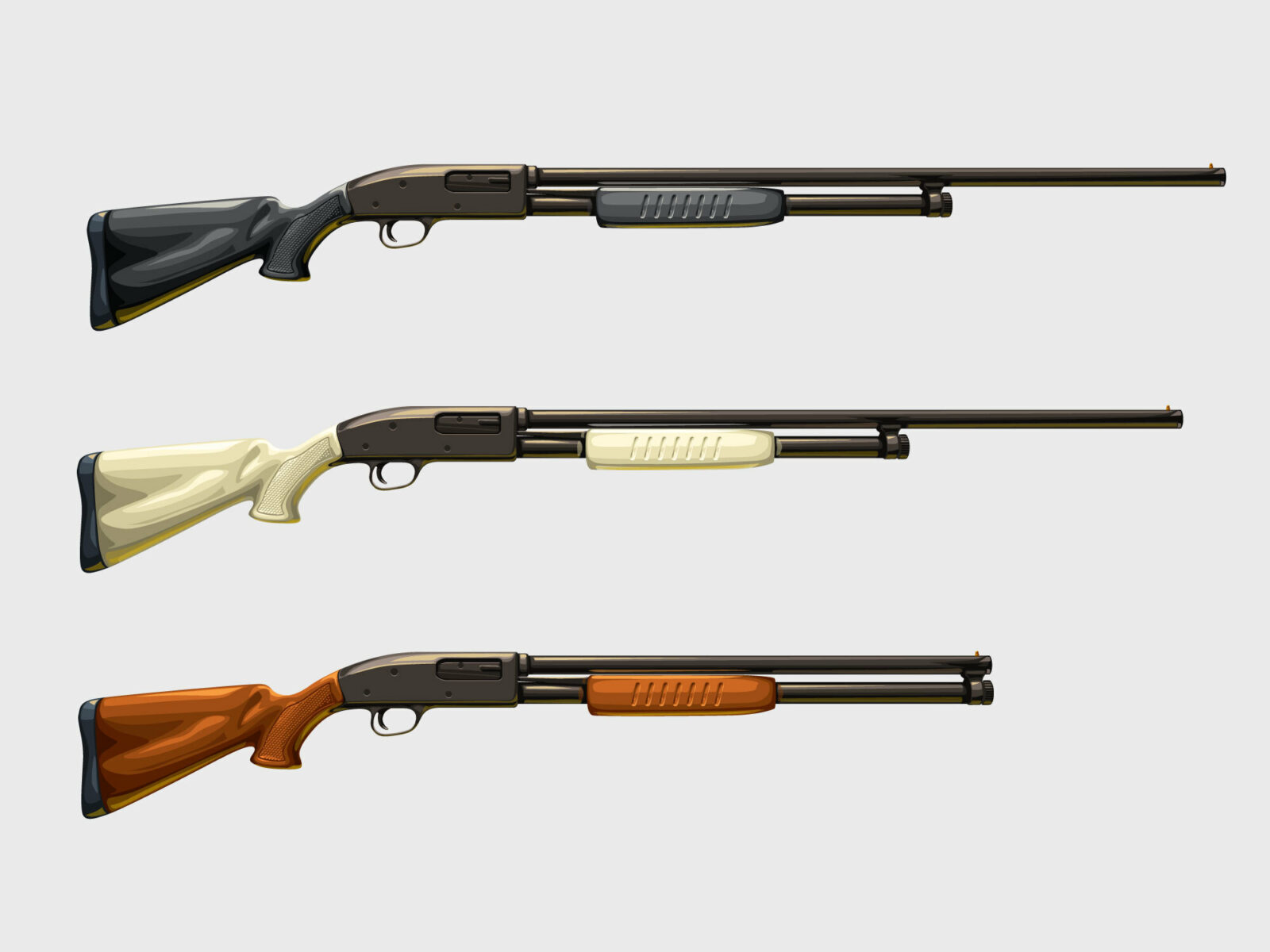
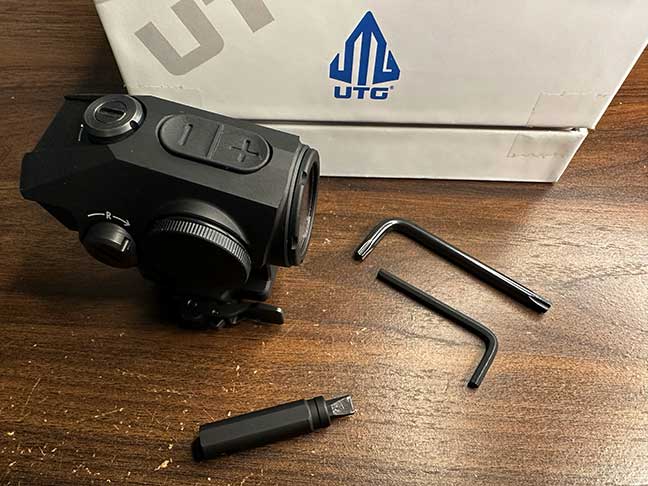
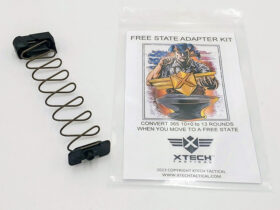
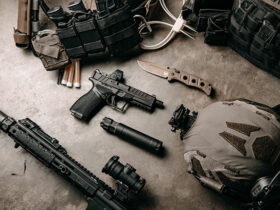
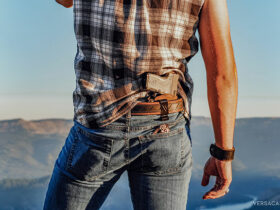
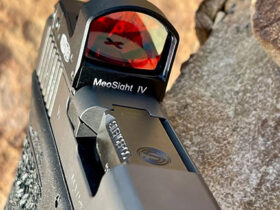
Leave a Reply